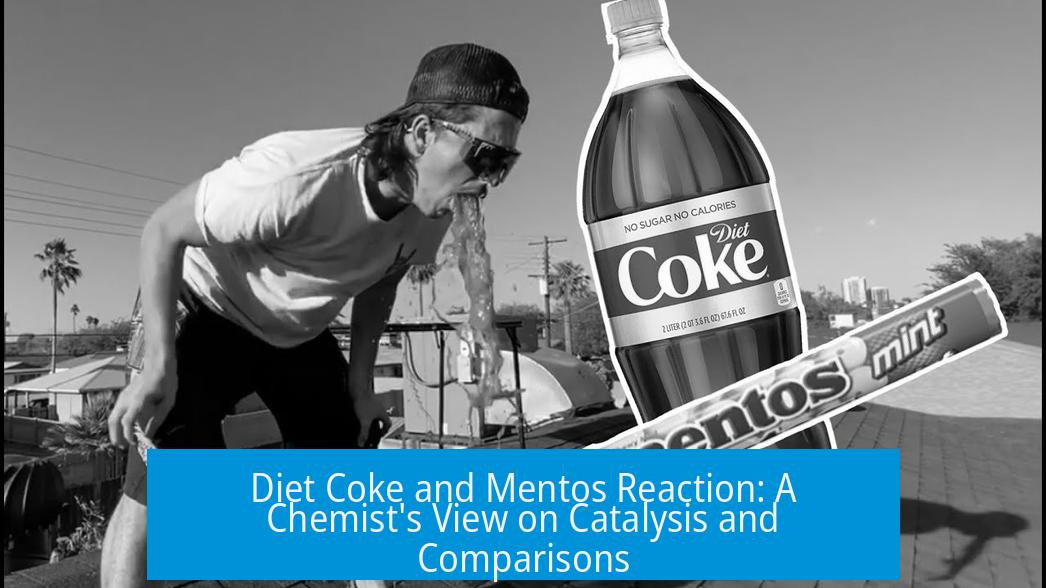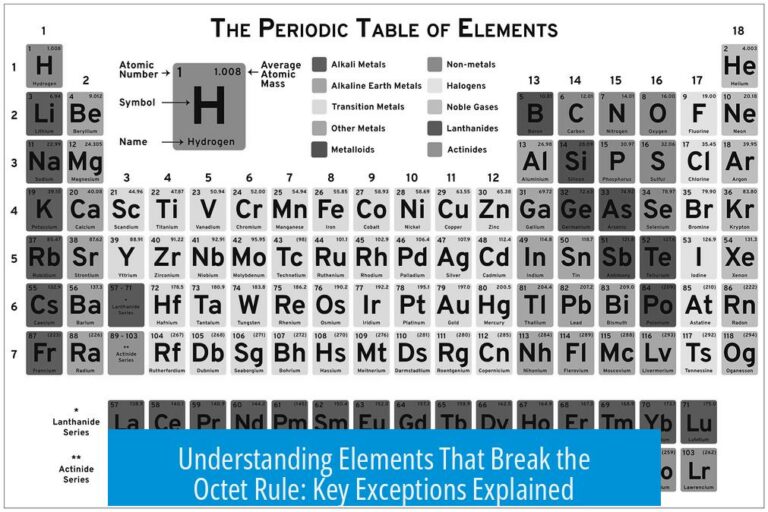Diet Coke & Mentos: A Chemist’s Equivalent
The reaction between Diet Coke and Mentos mirrors the chemistry behind the elephant’s toothpaste experiment. Both involve catalysts that trigger the rapid breakdown of a compound into gas and liquid, producing an energetic release.
Catalysis in Both Reactions
In both cases, a catalyst facilitates a chemical decomposition.
- The catalyst breaks down a compound into gas and liquid products.
- This rapid release causes vigorous bubbling or foaming.
The Role of Mentos in Diet Coke Reaction
Mentos act as a catalyst not by chemical reactive agents, but by providing a surface that encourages carbonic acid decomposition.
- The carbonic acid (H2CO3) dissolved in Diet Coke breaks down into water (H2O) and carbon dioxide gas (CO2).
- This decomposition accelerates due to the rough, porous surface of Mentos, which aids nucleation.
- CO2 gas rapidly escapes, creating an explosive fishtail-like eruption from the bottle.
Comparing With Elephant’s Toothpaste
Elephant’s toothpaste involves catalysis where hydrogen peroxide decomposes into water and oxygen gas.
- A catalyst like potassium iodide speeds this process.
- Oxygen gas generates massive foam with soap present.
Both reactions showcase how catalysts accelerate gas-producing decompositions, but reactants differ.
Modulating Reaction Intensity
Adjustments can make the Diet Coke and Mentos reaction less violent.
- Pouring soda into another container before adding Mentos reduces CO2 concentration or changes nucleation.
- Altering the Mentos surface, such as removing its outer layer, diminishes catalytic effect.
Demonstrating the Catalytic Surface
Changing Mentos surface texture illustrates the role of physical catalysis.
- A smooth Mentos surface results in less vigorous CO2 release.
- This confirms the importance of nucleation sites in triggering carbonic acid decomposition.
Key Takeaways
- Diet Coke and Mentos reaction is chemically similar to elephant’s toothpaste via catalytic gas generation.
- Mentos serve as a catalytic surface for carbonic acid decomposition into CO2 and water.
- The reaction intensity depends on soda handling and Mentos surface texture.
- Both demonstrations illustrate catalyst-driven rapid gas evolution and physical nucleation effects.





Leave a Comment